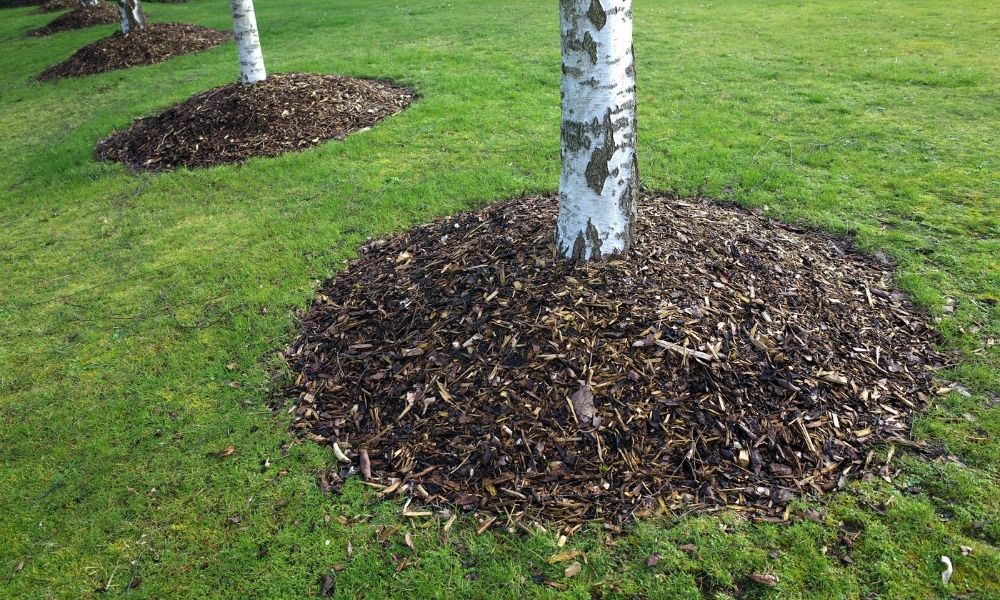Trees are a beautiful facet of Mother Nature’s gifts. But they are biological beings that can get sick, become unstable, decay, and even die. And when they do, they can quickly create hazardous situations for you and your home.
This is especially true when winter’s ice starts to thaw, and spring’s warm breezes and sunbeams take its place. That’s why it’s crucial to understand the best strategies for preparing your trees for the new season to avoid any emergencies.
Preventative Measures
It should be no surprise that preparing for tree emergencies this spring requires taking a few precautionary measures before the season kicks off. After all, preventative care is a surefire way to keep your tall, green friends healthy and growing, regardless of what spring might bring. There are numerous strategies for prepping your trees for the new season, so we’ve listed the most effective below:
#1. Pruning—Pruning is cutting back dead or damaged tree limbs and branches. It’s one of the best things you can do to help prepare your tree for any seasonal blunders that might be in the near future.
Trimming your trees is an opportunity to remove damaged or dying limbs. Moreover, it’s an excellent strategy for promoting healthy and stable growth all season long. This way, you can feel confident knowing that your strong, healthy, and sturdy trees have everything they need to thrive and stay upright throughout the season.
#2. Mulching—Applying mulch to soil and tree roots is another excellent method of preparing for tree emergencies this spring. We know what you’re thinking—how is mulch going to help offset an emergency? We’re glad you asked.
Mulch may seem inconsequential in preventing a tree emergency. But the truth is, it’s widely considered the magical elixirs of tree health. Mulch protects tree roots by regulating surrounding soil temperatures.
Annual Inspections
We can’t discuss preparing for tree emergencies in the spring without mentioning the importance of annual inspections. This, too, is a preventative measure. But it’s one you won’t want to skip over.
After all, there are few better people to tell you if your trees pose a risk to you and your home than certified arborists. With their nuanced understanding of growth patterns and tree health, arborists can examine the trees on your property efficiently and with accurate findings.
Carrying out these inspections right before spring is best. This is because your trees will be most vulnerable to disease, instability, and other health issues at this time. Once the inspection is through, you’ll have a firm understanding of whether or not your trees are unstable, unhealthy, or need emergency tree removal services in Austin, Texas.
Of course, having this knowledge empowers you to do something about it before an emergency arises due to the trees on your property. That’s why opting for annual tree inspections is one of the best ways to circumvent tree emergencies each year.
Takeaways
Overall, your trees’ health, growth, and stability will hold a lot of weight in whether or not they’ll be a risk to you and your home throughout spring. Thus, many of the most effective strategies for prepping for tree emergencies involve preventative care. Hopefully, this brief guide has provided some valuable information on a few things you can do to protect your tall, green friends, yourself, and your home.

